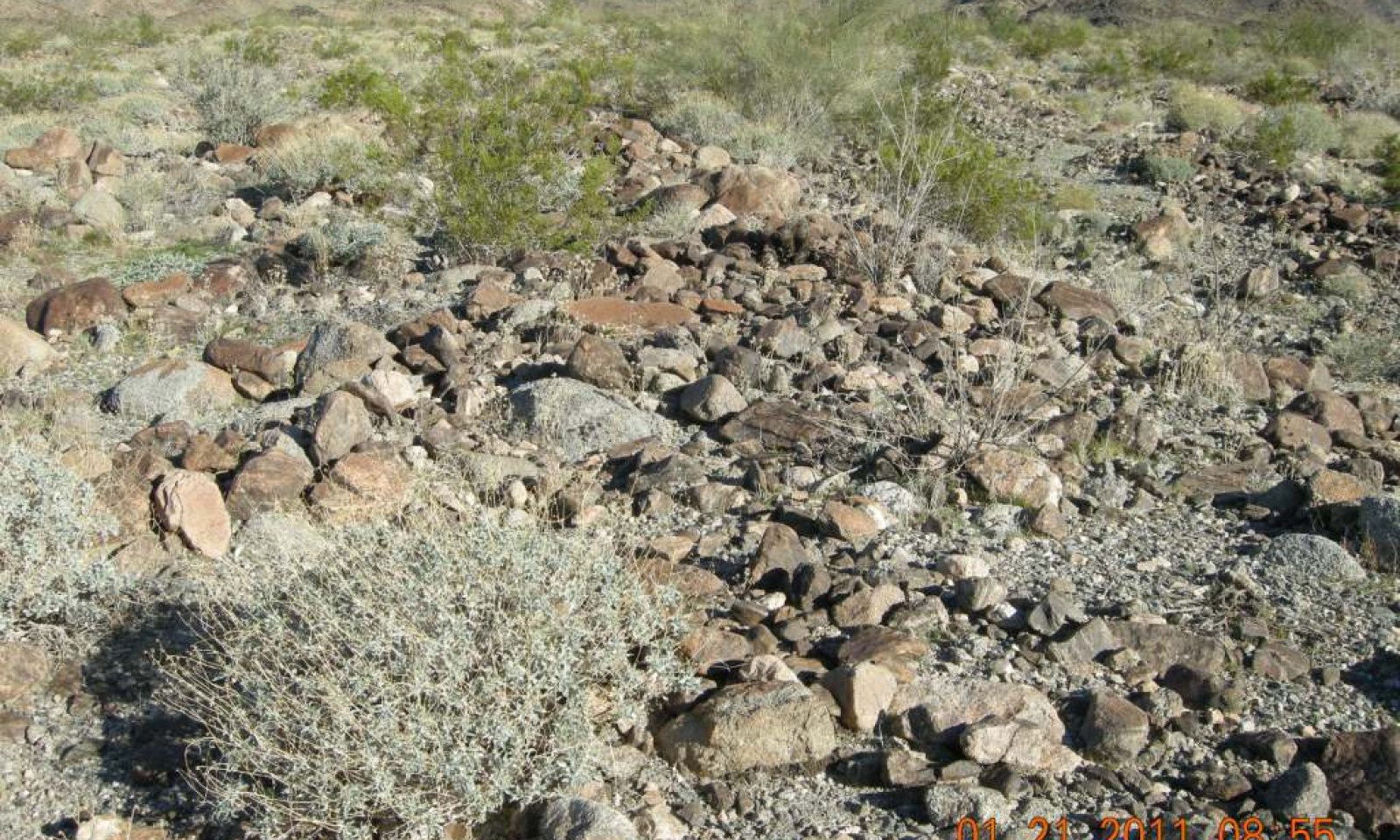
Cobbly Fan Remnants
Scenario model
Current ecosystem state
Select a state
Management practices/drivers
Select a transition or restoration pathway
- Transition 2A More details
- Restoration pathway R3a More details
-
No transition or restoration pathway between the selected states has been described
Target ecosystem state
Select a state
Description
State 1 represents the historic range of variability for this ecological site. This state no longer exists due to the ubiquitous naturalization of non-native species in the Colorado Desert. Periodic drought was the natural disturbance influencing this ecological site.
Data for this State does not exist, but dynamics and composition would have been similar to State 2, except with only native species present. See State 2 narrative for more detailed information.
Description
State 2 represents the current range of variability for this site. Non-native annuals, including Mediterranean grass are naturalized in this plant community, but have not altered the ecological dynamics of this site.
Submodel
Description
This State develops when the fire return interval is less than 50 years. The reference plant community has been significantly altered. It is characterized by the loss of cacti and creosote bush, and dominance by brittlebush. Data is not available for this State, and the description is based on research from nearby burned areas.
Submodel
Mechanism
This transition occurs when the fire return interval in the reference state is less than 50 years.
Mechanism
Restoration of communities severely altered by repeat fire at the landscape scale is difficult. Methods may include aerial seeding of early native colonizers such desert globemallow, burrobrush, and brittlebush. Increased native cover may help to reduce non-native plant invasion, helps to stabilize soils, provides a source of food and cover for wildlife, including desert tortoise (Gopherus agassizii), and provides microsites that facilitate creosote bush establishment. However, the amount of seed required for success is often prohibitive. Large-scale planting of both early colonizers and community dominants tends to be more successful in terms of plant survival, especially if outplants receive supplemental watering during the first two years. Creosote bush and burrobush can be successfully propagated and outplanted. Pre-emergent herbicides (Plateau) have been used in the year immediately post-fire to attempt to inhibit or reduce brome invasion. How successful this is on a landscape scale, and the non-target effects have not yet been determined.
Model keys
Briefcase
Add ecological sites and Major Land Resource Areas to your briefcase by clicking on the briefcase (![]() ) icon wherever it occurs. Drag and drop items to reorder. Cookies are used to store briefcase items between browsing sessions. Because of this, the number of items that can be added to your briefcase is limited, and briefcase items added on one device and browser cannot be accessed from another device or browser. Users who do not wish to place cookies on their devices should not use the briefcase tool. Briefcase cookies serve no other purpose than described here and are deleted whenever browsing history is cleared.
) icon wherever it occurs. Drag and drop items to reorder. Cookies are used to store briefcase items between browsing sessions. Because of this, the number of items that can be added to your briefcase is limited, and briefcase items added on one device and browser cannot be accessed from another device or browser. Users who do not wish to place cookies on their devices should not use the briefcase tool. Briefcase cookies serve no other purpose than described here and are deleted whenever browsing history is cleared.
Ecological sites
Major Land Resource Areas
The Ecosystem Dynamics Interpretive Tool is an information system framework developed by the USDA-ARS Jornada Experimental Range, USDA Natural Resources Conservation Service, and New Mexico State University.


